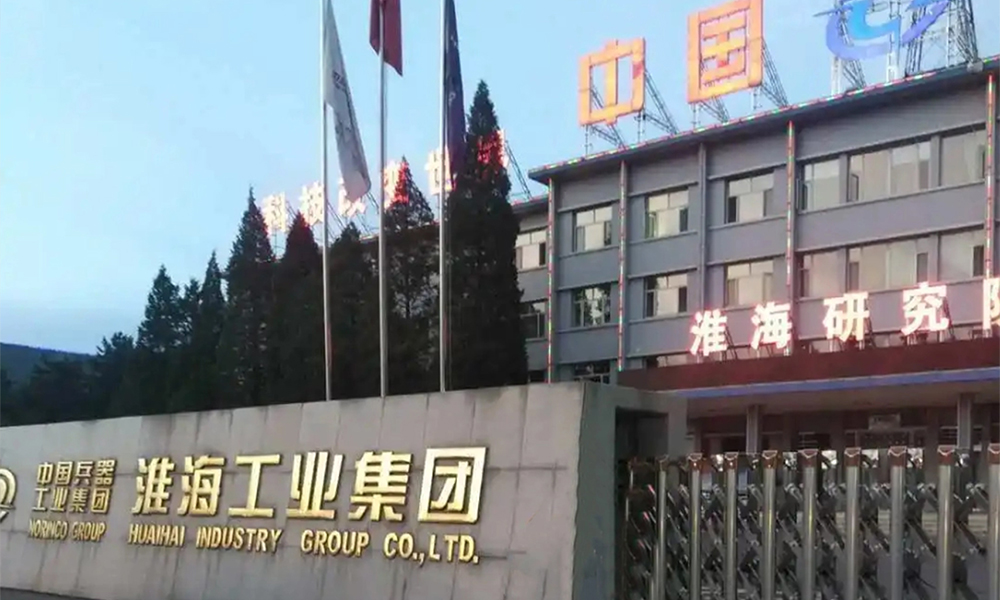1 primary air
The primary air is used to transport and heat the pulverized coal, so that the pulverized coal is sent to the furnace through the primary air pipe, and can supply the oxygen required for the ignition and combustion of the volatile in the pulverized coal. The primary air adopts hot air to supply the pulverized coal, and also has the function of preheating the pulverized coal. Its function is not only to maintain a certain concentration of gas powder mixture for transportation, but also to provide sufficient oxygen for the fuel in the early stage of combustion. Primary air can be divided into cold primary air and hot primary air. Hot primary air is used to ensure a certain temperature when pulverized coal enters the boiler and improve energy utilization. Cold primary air is used to adjust the temperature of hot primary air to ensure the maximum effect of heat exchange rate. The pulverized coal carried by the primary air enters the furnace and provides oxygen for combustion through the secondary air.
2 secondary air
The secondary air is the hot air sent into the furnace through a separate channel of the burner, which is gradually mixed with the primary air after entering the furnace. The secondary air provides oxygen for carbon combustion, strengthens the disturbance of air flow, promotes the reflux of high-temperature flue gas, promotes the mixing of combustibles and oxygen, and provides conditions for complete combustion. The air volume of secondary air is the largest in primary air and tertiary air, accounting for a considerable proportion in the total air volume.
3. Tertiary air
The tertiary air is the dry air discharged from the pulverizing system, commonly known as exhaust gas. As the medium for conveying pulverized coal, it is called primary air when feeding pulverized coal. It is only called tertiary air when feeding into the furnace through a separate nozzle. When the tertiary air contains less pulverized coal and the wind speed is high, it has a strong mixing effect on the pulverized coal combustion process and replenishes the oxygen required in the burnout stage. Due to its low air temperature and more water containing steam, it has the effect of reducing the furnace temperature.

4 central wind
The function of the central air is to increase the rigidity of the primary air, prevent the separation and scattering of pulverized coal, supplement the amount of air and reduce the incomplete combustion loss of carbon. The central air is the fundamental difference between the four channel burner and the three channel burner. The functions of the central air are as follows: 1. Cool the end of the burner and protect the nozzle. 2. A bowl effect (internal circulation of air flow) is formed at the end of the burner to make the flame more stable. 3. Reduce the end flame temperature and reduce the formation of NOx harmful gas.
5 auxiliary air
The auxiliary air control system takes the differential pressure of the secondary air bellows as the regulated quantity, and the constant value of the bellows / furnace differential pressure is taken as a function of the load. The auxiliary air control system is a single impulse multi output control system. The output of the control system controls the auxiliary windshield of each floor at the same time. During operation, the load of each layer of coal pulverizer may be different, and different air distribution is required. Therefore, an operator offset station is set for each layer of auxiliary air door. When the oil gun is programmed to ignite, the corresponding auxiliary damper will automatically go to the "oil gun ignition" position.
6 fuel air (boundary wind)
The fuel air (peripheral air) control system is a ratio control system. The opening of the fuel air damper is determined by the speed of the corresponding coal feeder, and the of the fuel air damper is a function of the speed of the corresponding coal feeder.
7 burnout air
The burnout air control system is also a ratio control system. The opening of the burnout air valve is a function of the boiler load.

近日,在推动清洁能源与环保技术的进程中,加科燃烧器与晋煤控股集团山西同煤电力环保科技有限公司达成重要合作。山西···

在当今全球绿色低碳发展的浪潮中,能源装备行业正经历着变革。作为行业内的佼佼者,加科燃烧器凭借其卓越的技术实力和···